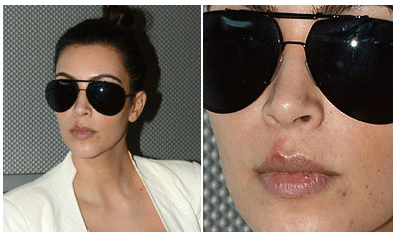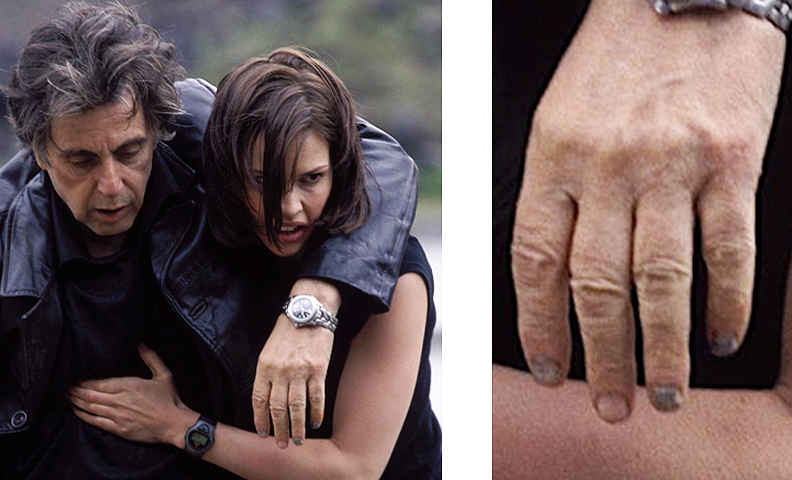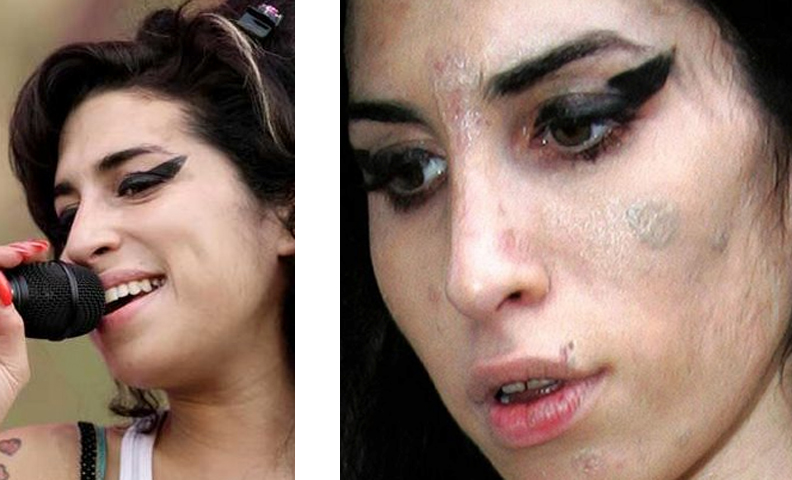- Celebrities are just like us–they get skin infections too!



As Holmes herself reported in a 2003 interview with Allure magazine:
"Holmes does have one less-than-glowing memory of her childhood: recurrent cold sores. Not the little kind on the lip, but the large, festering blisters that sometimes would invade her throat and even her eyes. 'I'd get them everywhere--I'd just walk around eating ice cream.' Even today, she says, 'If I break out in a million zits I'm so excited it's not a cold sore.'"


Or treat it. Celebs like Kim Kardashian can’t avoid red carpet events just because of a pesky virus. Outbreaks can be safely controlled with antiviral medicines. Topical salves like Abreva and Denavir may soothe the inflamed skin. But like Kardashians conquering TV ratings, oral meds like Valtrex, Famvir, and Zovirax have been shown to temporarily vanquish the virus. Cures for craving media attention are harder to come by.


In December 2014, media icon Angelina Jolie made an announcement that went viral. Literally. Jolie announced she could not attend a movie because of an infection. A herpes virus infection. Look closely, several tiny blisters are seen on her face. You may wonder why anyone would want to make a point of admitting to such an affliction. And why should that restrict them from the red carpet?

Turns out Jolie had been stricken with an adult case of chickenpox (varicella). In ancient times (before the mid 1990’s) this was a common childhood ailment. Kids would get low grade fevers and outbreaks of small very itchy water blisters that could scar. Angelina Jolie was not announcing she had herpes, yet technically chickenpox is a herpes virus (family) infection. Until this terminology is altered, confusion will remain. With anti-viral treatment, rest and support, Jolie’s career was back on track.

In 2003, comedian and talk show host David Letterman developed swelling and pain of his face and eye. His affliction was no joke: Shingles. Yes, the sneaky chicken pox virus, that remains hidden in the spinal nerves of any of us who succumbed to the itchy rash in childhood, broke out in a band-like pattern and sidelined Letterman from his show for an entire month. (Shingles not shown in this image).

Shingles also spread to the sports world. In 2011, St. Louis Cardinals manager Tony La Russa came down with shingles on his face. Note the characteristically bizarre appearance of a rash that follows the nervous system showing swelling and blisters that abruptly stop in the midline. While his team went on to win the World Series 6 months later, he then abruptly retired, a decision that some speculated was partly due to the ongoing pain of shingles. Which is why American's new favorite pastime may be getting a shingles vaccine. Healthier than popcorn and a hot dog, the FDA has approved this vaccine for adults age 50 and above. It safely boosts the body's immune response against the virus. For the majority of those vaccinated, shingles is entirely avoided. Some may progress to shingles, but usually with a milder, less painful version. Batter up!



In "Insomnia," veteran actor Al Pacino plays a guilt ridden cop in an Alaskan summer. He can't sleep--the sun barely sets and he can't shake the feeling that he's got unseen company. In a way, he isn't alone. Close-up shots of Pacino's fingers show some nails with dark stains and lifting of the nail tips. This appearance is classic for nail infection with fungus. Fungus, the same pest that can cause "athlete's foot" and "jock itch," can also set up residence in finger and toe nails. This creepy critter is constantly closer to Pacino than any celebrity stalker could conceive. No wonder he can't sleep.



British R & B chanteuse Amy Winehouse was hounded by paparazzi until her death from alcohol poisoning in 2011. These images, taken in 2008, provide a haunting record of the downward spiral of her health. The swollen and crusted rash represent the classic appearance of the bacterial condition impetigo. Whether due to strep or staph organisms, antibiotics, topically, by mouth or even intravenously are paramount to clear the infection. At various times, Winehouse was reported to be addicted to heroin. IV drug use, both by breaking the skin, but also by slowing the immune response, may have put her at risk for impetigo. We hope that the current perspective that addiction is a disease, and not a moral flaw, may prevent health issues and deaths.




